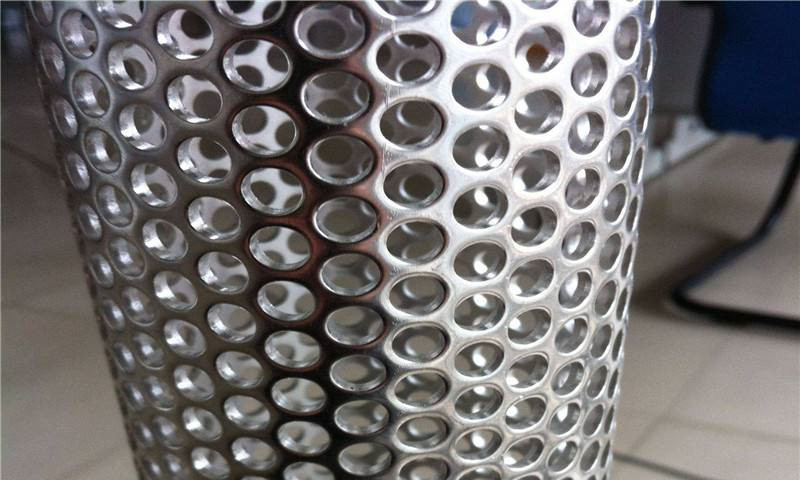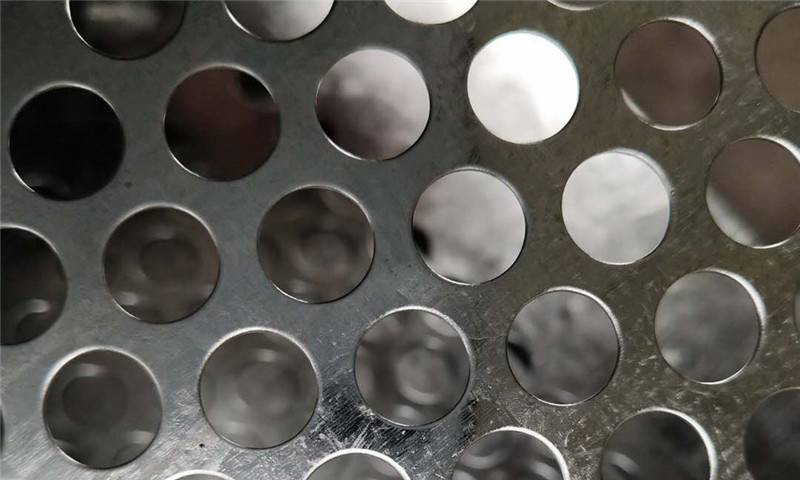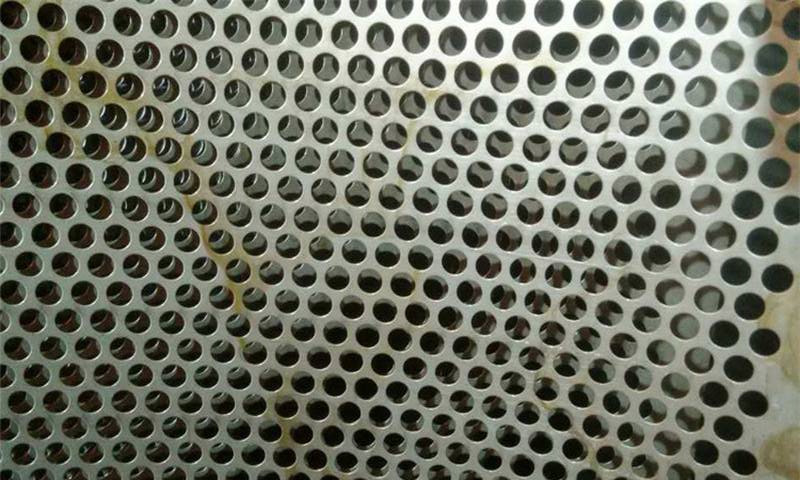Perforated Sheet Aperture Size: The Importance of Choosing the Right Aperture
Source:www.cn-psp.cnAuthor:河北森驰公司 Last updated:2025-01-10 10:49:08 Browse:
Perforated sheets are common industrial materials widely used in construction, transportation, filtration systems, and decorative purposes. The aperture size refers to the size of the holes on the sheet, which directly affects the functionality and performance of the perforated sheet. Choosing the right aperture size is crucial not only for the material's permeability, strength, and aesthetics but also for its performance in specific applications.
Common Types of Aperture Sizes for Perforated Sheets
Perforated sheets come in various aperture sizes, which can be customized according to specific needs. Common aperture sizes include:
1.Small Apertures: Typically used in filtration systems to effectively block smaller particles, common in water treatment, gas purification, and other industries.
2.Medium Apertures: Used in applications that require high ventilation but do not need very precise filtration, such as in construction and ventilation systems.
3.Large Apertures: Suitable for light-load applications or for decorative purposes, such as wall panels, soundproofing boards, etc.

Factors to Consider When Choosing Perforated Sheet Aperture Size
When selecting the aperture size for a perforated sheet, the following factors should be considered:
Purpose of Use: Different applications have different requirements for aperture sizes. For instance, filtration purposes may require very fine apertures, while decorative applications may use larger holes.
Material Thickness: There is a relationship between the aperture size and the material thickness. Thicker materials may require larger apertures to maintain strength and permeability.
Load-Bearing Capacity: The size of the apertures affects the overall strength and load-bearing capacity of the perforated sheet. It is crucial to ensure that the aperture size does not compromise the structural integrity of the material.
Aesthetic and Design: In some construction and decorative applications, the size and arrangement of the apertures determine the final visual effect.
The Impact of Aperture Size on Perforated Sheets
The aperture size of a perforated sheet is not just a number; it has a profound effect on several performance parameters. For example:
Ventilation: Perforated sheets with larger apertures generally have better ventilation, making them ideal for cooling or ventilation systems.
Filtration: Smaller apertures offer better filtration, suitable for air or liquid filtration systems.
Acoustic Performance: In soundproofing materials, the size and arrangement of apertures influence the absorption and reflection of sound waves.

Applications of Perforated Sheets in Different Industries
1.Construction Industry: In construction, perforated sheets are commonly used for curtain walls, sunshades, and decorative structures. The aperture size not only affects functionality but also plays a role in design and aesthetics.
2.Industrial Use: In machinery protection covers, sieves, filters, and other equipment, the aperture size of perforated sheets must meet specific engineering requirements to ensure performance and safety.
3.Transportation: Perforated sheets are used in road construction, railway facilities, and other areas, where they provide excellent ventilation and drainage capabilities.
How to Determine the Optimal Aperture Size for Perforated Sheets?
To determine the optimal aperture size, you can consider the following steps:
1.Needs Assessment: Clearly define the purpose of the perforated sheet—whether it is for decoration, filtration, or ventilation, etc.
2.Material Selection: Choose the appropriate material based on the required strength and durability, and adjust the aperture size according to the material thickness.
3.Consult Experts: If possible, consult relevant experts or manufacturers to understand the impact of different aperture sizes on specific applications.
4.Sample Testing: Before applying the perforated sheet, conduct sample tests to verify how the aperture size affects its performance.

Conclusion
As a versatile industrial material, the aperture size of perforated sheets directly impacts their performance and functionality. When designing and selecting perforated sheets, choosing the correct aperture size is crucial, as it affects the material's permeability, strength, filtration ability, and overall effectiveness. By understanding the importance of aperture size, you can make more informed decisions for various applications in different industries.


